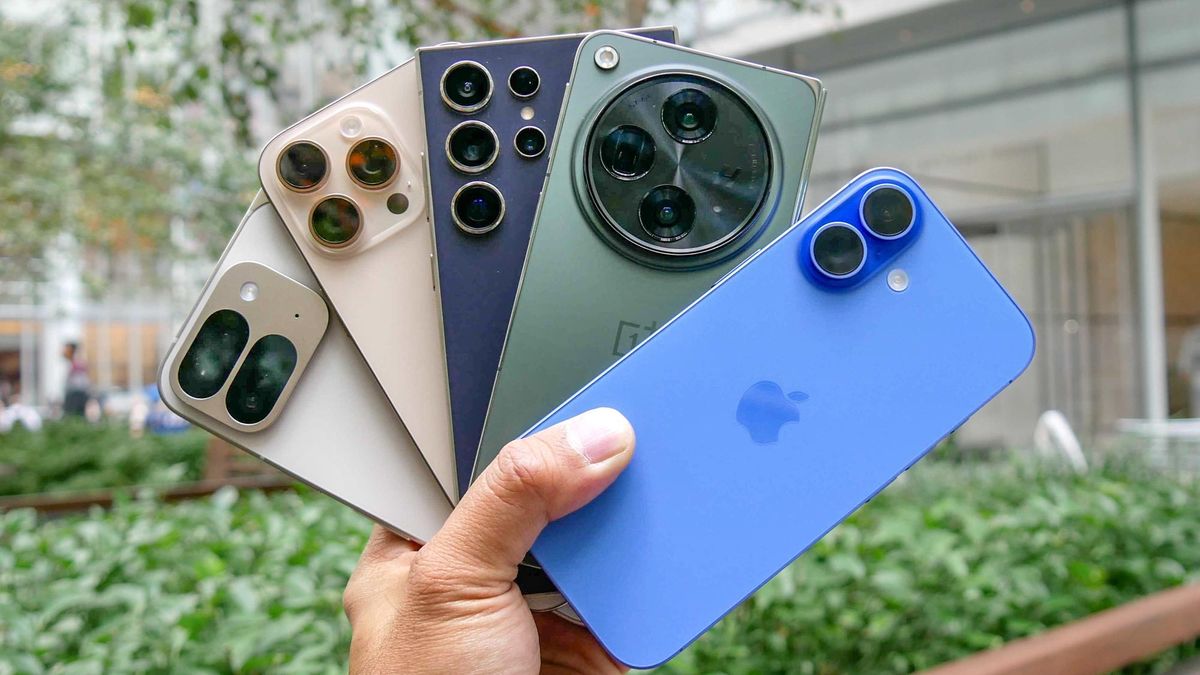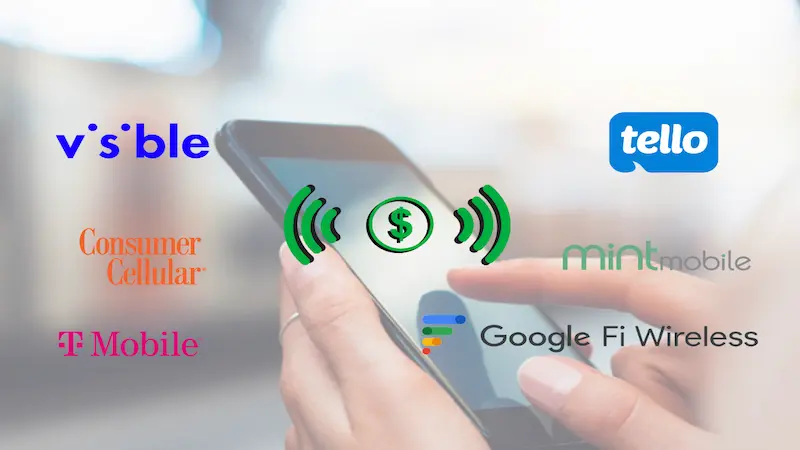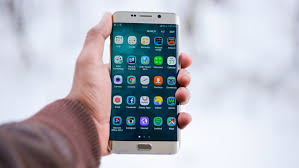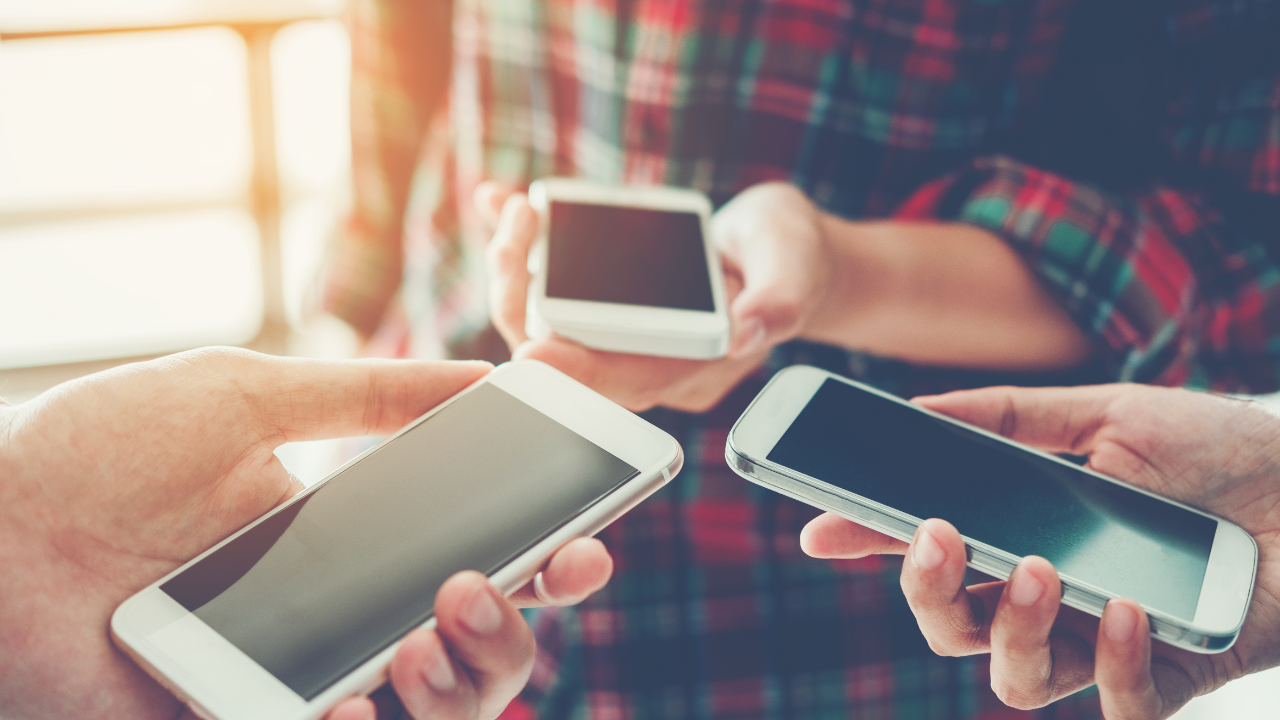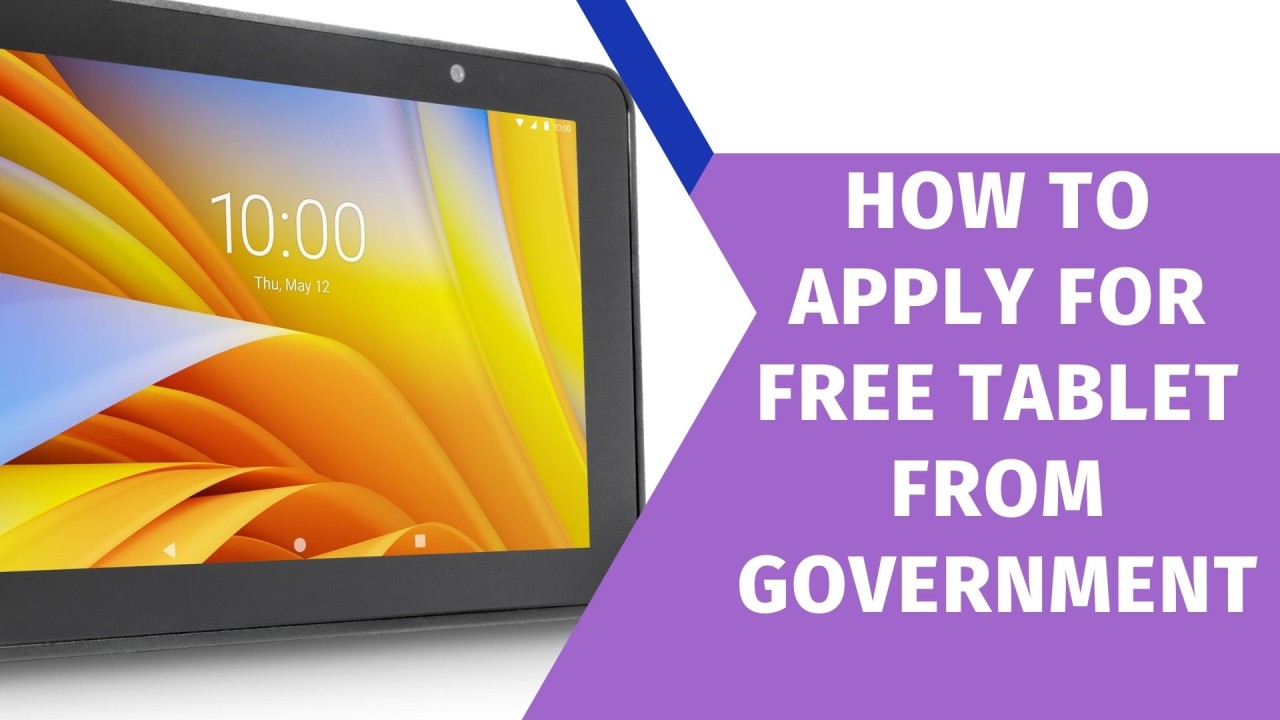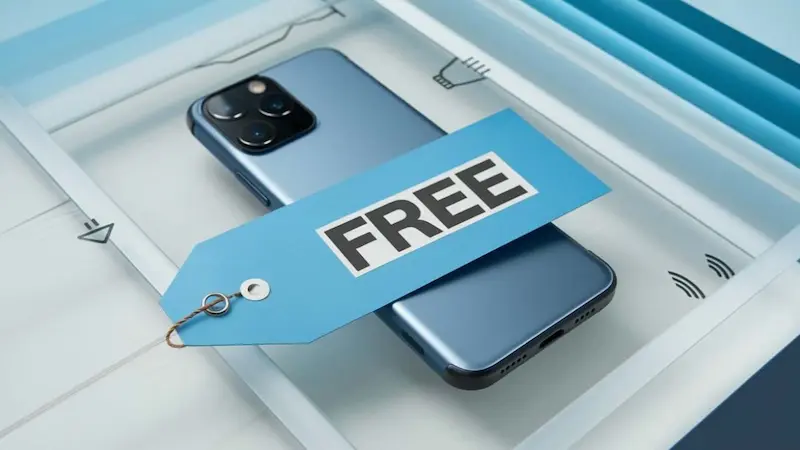Social Implications
Fostering Social Inclusion
One of the critical social implications of free internet service is its potential to foster social inclusion. Marginalized groups, including low-income individuals, the elderly, and those with disabilities, are often the most affected by a lack of internet access. Free internet service enables these groups to engage in social activities, access support services, and connect with family and friends, significantly improving mental health and social well-being. This inclusion helps build cohesive communities where everyone feels valued and empowered.
Facilitating Disaster Response and Community Support
Free internet service can serve as a lifeline in times of crisis. During natural disasters or emergencies, reliable access to information can prove crucial for response and recovery efforts. Communities with free internet access can utilize online platforms to disseminate critical information about safety measures, supply distributions, or emergency services. Furthermore, it encourages community support by facilitating communication among residents, fostering a collective response that enhances resilience during challenging times.
Cultural Exchange and Awareness
Free internet access broadens cultural horizons by enabling users to access diverse content from throughout the world. With a few clicks, individuals can explore global cultures, traditions, and art forms, fostering greater empathy and understanding. This cultural exchange can alleviate prejudice and foster acceptance among different social groups. Moreover, local artists and creators can share their work with a worldwide audience, enriching cultural discourse and stimulating local pride.
Dependency on Digital Platforms
While the social implications of free internet service are overwhelmingly positive, it is essential to recognize the potential for dependency on digital platforms. Many social interactions and community engagements are increasingly happening online, potentially diminishing face-to-face interactions. This shift could lead to social isolation among those who may not be adept at using digital communication tools. Thus, while free internet service can enhance connectivity, it may also exacerbate existing social issues if not balanced with offline community engagement initiatives.

Next Page
You May Also Like
-

Top 5 Local Providers Offering Free Mobile Devices and Plans
Through their shared commitment to accessibility, these initiatives are emblematic of how technology can empower individuals and communities alike.
-

Best Free Cell Phone Plans for Low-Income Families
Explore the best free cell phone plans for low-income families, including Lifeline, Affordable Connectivity, Assurance Wireless, Safelink, and nonprofit programs to bridge the digital divide.
-

Step-by-Step Guide to Securing a Free Tablet with Internet Access
By following these steps, you're well on your way to enjoying the benefits of a free tablet with internet access – a valuable resource that can enhance your connectivity and digital engagement.
Popular Blog
-

Affordable Alternatives When You Don’t Qualify for Free Government Phones in the U.S.
Don’t qualify for a free government phone like Lifeline? This article explores affordable options for staying connected. Discover prepaid plans, discounted deals, the used phone market, and how to leverage free Wi-Fi and community resources to maintain essential communication on a budget.
-

How to Get a Free Tablet from Government Programs
In this article, we’ll explore these programs, the types of tablets you can get, and the carriers currently participating in these initiatives.
-

How to Check Your Eligibility for Free Cell Phones and Services
Learn how to check your eligibility for free cell phones and services through programs like Lifeline and ACP. Discover income-based requirements, application steps, and benefits.
